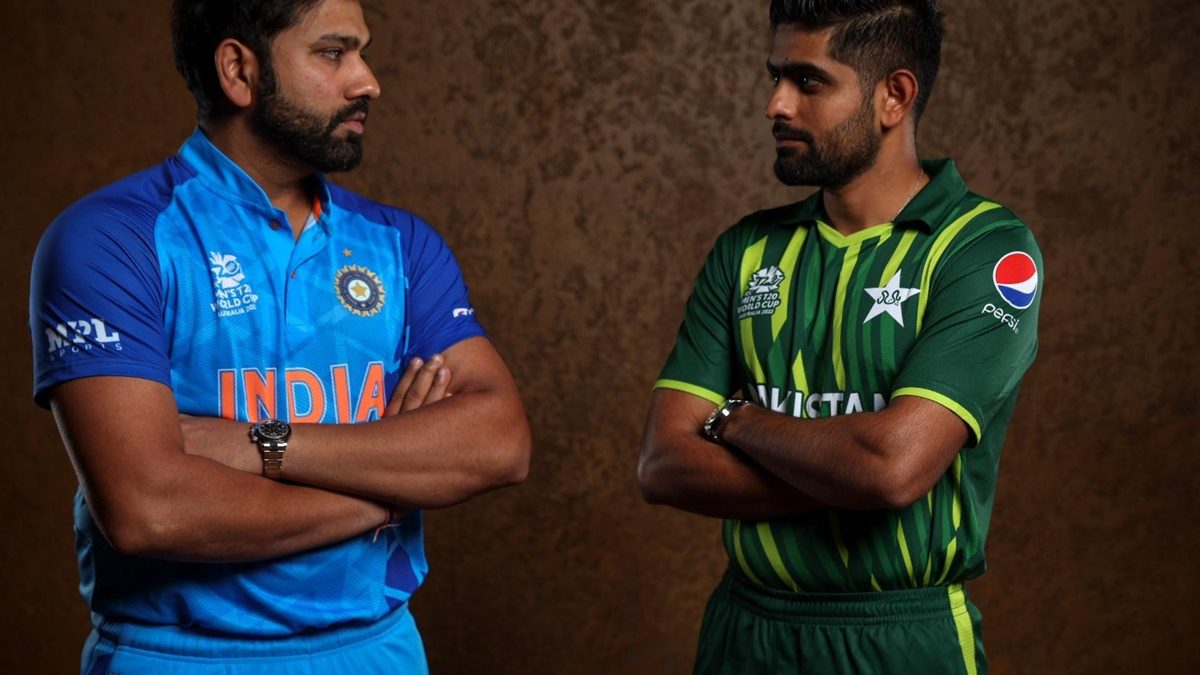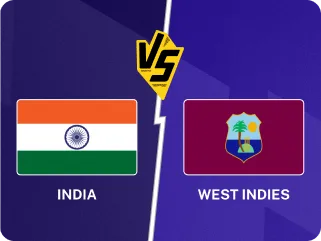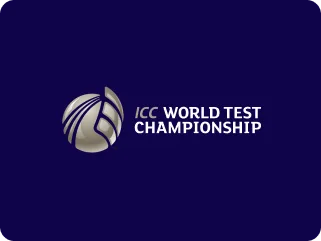
For the ICC, World Cup success can essentially be measured on two counts: Are the BCCI happy, and have India and Pakistan played each other in a contest worthy of the name? The 2023 World Cup was essentially handed over to the home organisers for it to be run roughshod over by the BJP. It’s long established that, at every event, the two great rivals will play each other, geopolitics preventing themselves from doing so at any other time, and this time, India’s path is predestined all the way to the final, with their semi-final venue and time guaranteed, to ensure it’s optimal for TV audiences in the subcontinent, and if it throws in a competitive advantage, well that’s fine too.
But, by that dual principle, despite the succession of close finishes, the narrowing gap between the Associates and the rest, the glut of personal stories, unlikely heroes spanning from 43-year-old World Cup debutants to Cornell-graduating Oracle-engineering moonlighters, the first week of the tournament is in danger of ending as a catastrophic failure.
The chief culprit is a drop-in shitheap at New York’s Nassau Park, which began its life in Adelaide, was shipped by boat and lorry to the Big Apple, and at some point, seemingly, was swapped out for a mid-Nineties Sabina Park minefield. after being hit on the shoulder, one of several blows suffered in the two games staged there so far, and the BCCI have since reportedly lodged their displeasure with cricket’s governing body. , that “the pitches used so far at the Nassau County International Cricket Stadium have not played as consistently as we would have all wanted”, which is a bit like saying the Titanic has had some issues with buoyancy in the latter part of its voyage. They have also promised to do everything possible between now and the Big One on Sunday to correct matters, but Sanjay Manjrekar’s assessment that there is something “inherently wrong” feels worryingly accurate.
And even if the ground staff do work miracles, there’s little that can be done about the outfield, which has, at some point, seemingly, been swapped out for a late-Noughties sandpit. Fours have been desperately hard to come by. The Sri Lanka-South Africa clash that opened the pop-up arena was the slowest scoring in T20 World Cup history. Just the kind of thrill-ride needed for cricket to finally crack the US.
Still, it’s India-Pakistan, so you can stage it wherever you like, on whatever kind of surface, and charge whatever you please, and people will still turn up, right? That seems to be the ICC’s thinking in any case, but it’s a theory being pushed to its limits by a third success-measure: how much money can be hoovered up from those who love cricket enough to pay anything for the privilege of watching. Hundreds of tickets, all priced from $2,500 upwards, are as yet unsold. We are heading for an instalment of sport’s greatest rivalry played on a pitch no one can bat on with tickets no one can afford.
And yet, for all that, the nagging feeling remains that we could be building up to a bloodbath classic of the Indo-Pak genre, the kind of low-scoring arthouse thriller totally at odds with the direction of modern T20 travel and all the sweeter for it.
To start, the alien conditions – though not so alien to India who have already had one go – should serve as a leveller. In Mohammad Amir, Naseem Shah, Shaheen Shah Afridi and Haris Rauf, Pakistan have a pace attack fiersome on any surface, let alone one which can balloon the ball up at your throat without warning. In Babar Azam and Mohammad Rizwan, they have a pair of openers who ensure they basically make between 150 and 180 whatever the conditions. At Nassau Park, that could be worth 100 more.
India meanwhile will have their own challenges. Perhaps with the Guyana knockout in mind, they have picked a squad with four spinners, making it tougher to maximise the pace-friendly surface. Their batters have wrestled with intent versus stability, Rohit and Virat Kohli both attempting to dominate the powerplay and forget about their wickets, and this game will be another test of the gameplan.
Then there’s the jeopardy. The competition format, which sees the Super Eight pools of the two seeded teams in each group guaranteed if they do progress, could have limited the impact of the game between them. Now, for Pakistan, after being downed by the USA, it’s do or die. Lose, and, if India win their games, and USA theirs, and that will be it. Win, and they can dare to dream again.
Logically, of course, Pakistan shouldn’t stand a chance. India can boast one of the game’s greatest ever all-format players, one of the best T20 batters of all time, and the modern game’s pre-eminent fast bowler. USA’s win was an upset, but not as big a one as it has been described in some quarters. The hosts are good, comfortably beating Bangladesh in a pre-tournament series and continuing their recent dominance over Canada, a capable side, in the tournament opener. Pakistan have now lost 14 of their last 20 T20Is, have two batters who can score consistently but not quickly, and beyond them none who can do much of either. But logic plays little part where they’re concerned. It would be a stretch to say this is how they like it, but they are at least used to it, and if they need reminding of their ability to come back from a shock to challenge for the title, they only need to go back to one tournament hence, when defeat to Zimbabwe was followed by a surge to the final.
The historical precedent is there. In the 2016 Asia Cup, Pakistan made 85, before Amir, like this time early in a comeback, bent it round corners to reduce India to 8-3. Kohli was named Player of the Match for making 49 at under a run a ball, having doused the early firestorm. It’s a game that lingers in the memory more clearly than many a slugfest.
A nail-biter isn’t what the ICC deserve for their shambolic organisation, nor is it necessarily what the tournament needs, with the rest of the competition showing there’s plenty of excitement to be had lower down the ladder. But goodness would it be fun.








